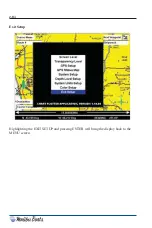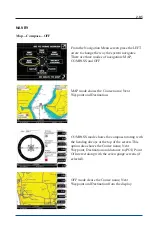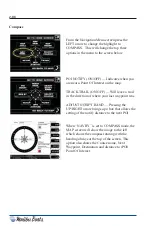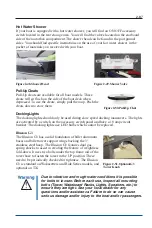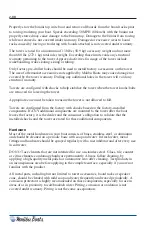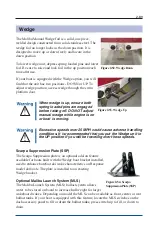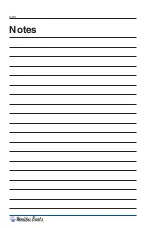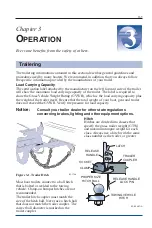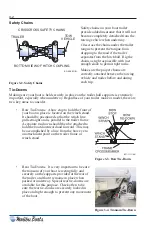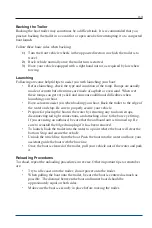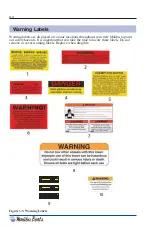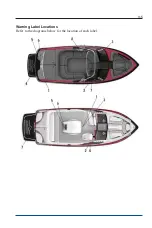
3-8
Green Fuel System Integration
Due to a federal mandate from the EPA to reduce hydrocarbon emissions, Malibu Boats,
in cooperation with Attwood and Moeller Marine, has developed a new integrated fuel
tank system that dramatically reduces hydrocarbon emissions from our product. This new
Green fuel system is EPA-compliant to 2012 standards and is compliant with proposed
2014 CARB phase 2 proposals.
EPA Regulations beginning July 31, 2011:
•
Low Permeation fuel tanks (barrier coat inside tank)
•
Diurnal Emissions controls (carbon canister)
•
Customer must reasonably expect that no fuel will spill or spit back during a
refueling event.
•
Automatic Fuel Shutoff compatibility (Automotive style)
•
Audible Click, Hinged fuel cap
•
Vent system operational at all angles with full tank of fuel
Diurnal Emissions Control System Key Components:
•
Deck Fill
•
Inlet control valve between deck fill and tank
•
Fuel Level Vent Valve on tank
•
Two Grade valves on each end of tank
•
Carbon Canister – mounted on port side rear seat lean back
•
Waterproof fuel vent
The new Attwood fuel system is designed to automatically shut off the nozzle during
refueling at a predetermined fuel level. This new predetermined level is approximately
1-1/4" lower than the top of the tank. This 1-1/4" air gap is called the ullage. The typical
ullage is 7% of the tank’s normal capacity.
Do not try to overfill the fuel tank. Once auto shutoff is achieved, do not try to continue
filling, as this can cause unintended environmental issues.
See
Fuel System
in Chapter 4 for care and maintenance information.
Summary of Contents for Boat 2014
Page 2: ...2 Notes...
Page 4: ...ii Notes...
Page 8: ...vi Notes...
Page 19: ...1 9 Figure 1 5 Carbon Monoxide Hazards KC 0461M...
Page 24: ...1 14 Notes...
Page 83: ...2 59 Fosgate USB DRIVE Radio Screens...
Page 84: ...2 60 SIRIUS Radio Screens...
Page 85: ...2 61 Fosgate IPOD Radio Screens...
Page 93: ...2 69 Select Course Creating a New Course...
Page 95: ...2 71 Select Auto Course Creating a New Auto Course...
Page 114: ...2 90 Notes...
Page 119: ...Warning Label Locations Refer to the diagrams below for the location of each label 3 5...
Page 164: ...Notes W 10...

